Multi-scale investigation of occurrence, fate, removal and biodegradation of pharmaceutical contamination in wastewater treatment and river systems
Departamento/Instituto
Universitat de Girona. Institut de Medi Ambient
Resumen
Human and veterinary pharmaceuticals have been recognized as ubiquitous water microcontaminants with potential subtle detrimental effects on aquatic organisms. The majority of pharmaceutical compounds, after being consumed and excreted, end up in municipal WWTPs, which are not typically designed for complete pharmaceutical removal. Therefore, effluents from WWTPs constitute a low concentration, but continuous source of pharmaceutically active compounds to the aquatic environment. The main objective of the thesis is to acquire and provide with knowledge not only on the occurrence of pharmaceutical compounds in wastewater, but on their biodegradation within WWTPs and their discharge into the receiving media. The obtained results demonstrate conventional wastewater treatment’s variable efficiency when removing the pharmaceutical compounds load and the advance treatment’s contribution to their overall removal. It has also been possible to model the behaviour of a selected pharmaceutical and its transformation products. And it also includes investigation of an antibiotic’s impact on the bacterial community performance, and the antibiotic resistance genes phenomenon. Finally, the role and usefulness of proteomics when investigating the possible proteins involved on the biodegradation pathways of certain pharmaceutical compounds
Els compostos farmacèutics d’ús humà i animal s’han identificat com a microcontaminants aquàtics omnipresents amb possibles efectes nocius sobre el medi ambient. La major part d’aquests compostos, un cop consumits i excretats, van a parar a les EDARs, que no estan dissenyades per eliminar-los completament. En conseqüència, els efluents d’aquestes esdevenen un flux, poc concentrat però constant, de fàrmacs cap al medi aquàtic. L’objectiu principal d’aquest treball és el d’adquirir i proporcionar coneixement pel que fa tant a la presència d’aquests compostos farmacèutics a les aigües residuals, com a la seva degradació en EDARs i la seva descàrrega al medi receptor. Els resultats obtinguts demostren la variabilitat en l’eficàcia dels tractaments convencionals d’aigües residuals i la contribució dels processos avançats a l’hora d’eliminar els fàrmacs. També s’ha aconseguit modelar el comportament d’un fàrmac i dels seus productes de transformació. S'ha abordat també, l’impacte d’un antibiòtic sobre la comunitat bacteriana a nivell microbiològic i el fenomen dels gens de resistència antibiòtica. I, finalment, el paper de tècniques proteòmiques a l’hora de buscar possibles proteïnes involucrades en el procés de biodegradació de certs compostos farmacèutics
Palabras clave
Fàrmacs; Pharmaceutical compounds; Fármacos; Aigües residuals; Wastewater; Aguas residuales; Fangs actius; Activated sludge; Barros activos; Proteòmica; Proteomics; Proteómica; Biodegradació; Biodegradation; Biodegradación; Estacions depuradores d'aigües residuals; Wastewater treatment plants; Estaciones depuradoras de aguas residuales; EDAR; WWTP
Materias
504 - Ciencias del medio ambiente; 615 - Farmacología. Terapéutica. Toxicología. Radiología; 628 - Ingeniería sanitaria. Agua. Saneamiento. Ingeniería de la iluminación



